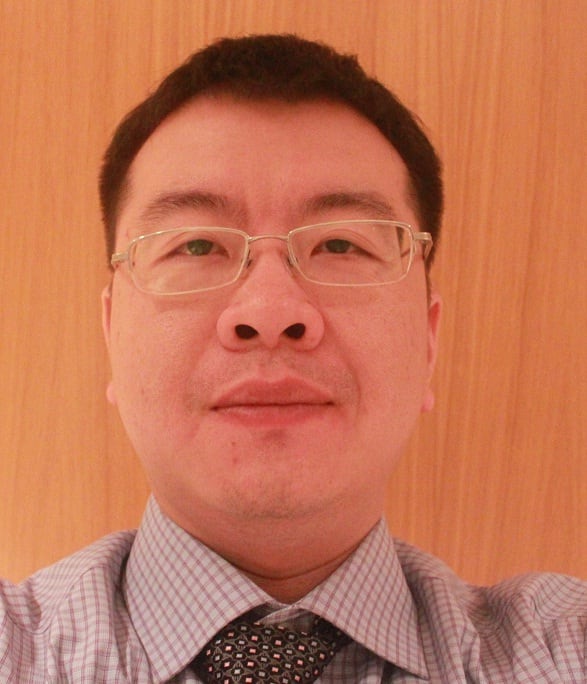
As one of China’s leading premium cosmetics players it is perhaps surprising to discover that Proya imports 90 per cent of its ingredients from overseas.
We spoke to the company’s research and development director Jiang Ligang, to discover how it stays on top of the market by consistently emphasising quality, safety and efficacy as the principles to sourcing its ingredients.
Proya was established in 2004 and has established itself as one of China’s leading premium cosmetics players, currently placing it as one of the country’s top ten skin care players.
However, despite being a domestic player with a solely Chinese consumer base, it imports 90 per cent of its ingredients from overseas.
Of 1,100 most ingredients are sourced overseas
In fact Jiang explained that of the 1,100 types of ingredients the company uses in its formulation process the vast majority are sourced overseas, with the small number of raw materials that are sourced from local suppliers mainly accounting for cleaning products.
“In selecting suppliers, there are two criteria we look out for – innovative ingredients and the ability to work well with us,” Jiang explained.
“For a single ingredient, for example, our procurement department always looks for a second supplier in order to lower procurement risk and ensure that we obtain our purchases at competitive prices.”
PCHI expo meets ingredients search criteria
Jiang attended the PCHi exhibition in Shanghai, back in February of this year, explaining that the show met with the company’s very specific requirements to search for new ingredients and suppliers meant that local and domestic businesses often do not make the grain.
“Within China there is currently an issue where businesses develop rapidly, with many lacking proper planning,” he explained.
“As a result, suppliers need to be able to respond quickly enough and constantly have sufficient ingredient suppliers in order to meet the demand of local customers.”
Company grows ten-fold in four years
Within the last four years the company’s sales grew ten-fold to CNY10 billion, which Jiang explained led to problems giving its suppliers accurate forecasts for the volumes of ingredients it required, invariably presenting more problems for smaller and less established players.
“Also, since the China State Food and Drugs Administration (SFDA) took over as the regulatory body for the cosmetics industry, there have been numerous changes made to rulings,” Jiang said.
“The most drastic is perhaps the strict criteria imposed on ingredients. This also affects international suppliers, who need to have a clear understanding of the regulations in order to avoid running into problems in the future.”
Although the company’s reach is currently limited to the domestic market, the company is aiming to expand its footprint throughout Asia Pacific in the course of the next two years, where it will be specifically aiming at the Taiwan, Hong Kong and Southeast Asian markets.
